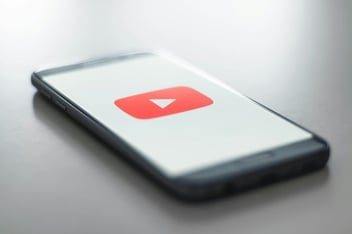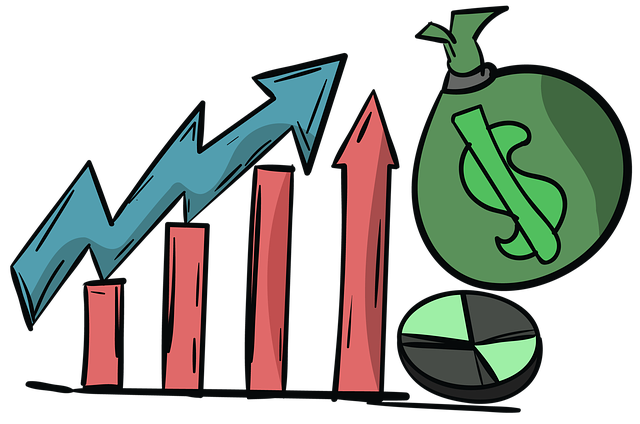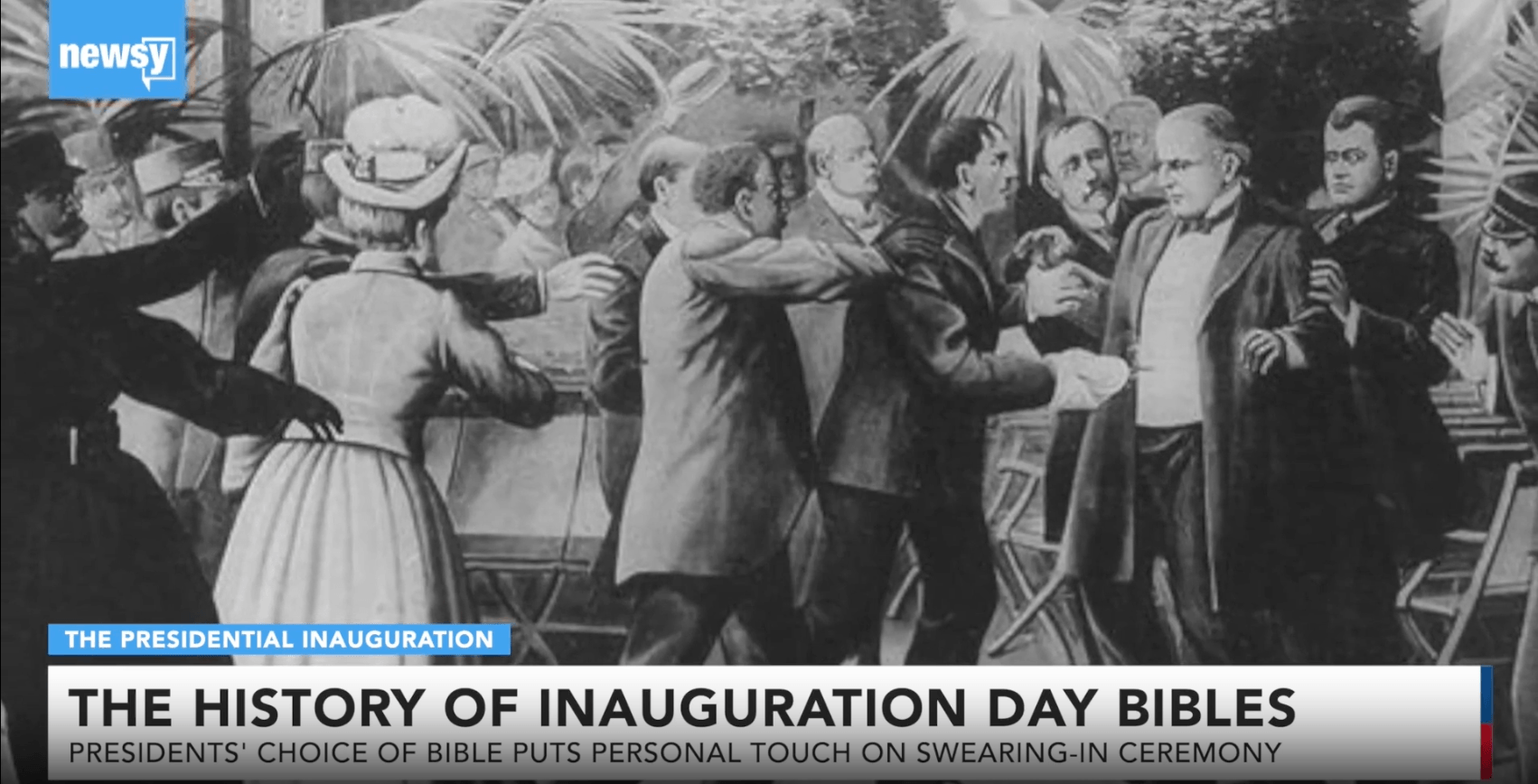There are many challenges the education industry faces that range from ensuring inclusive education for all learners to the effective usage of digital tools to engage students and support learning outcomes. Video has been a popular tool for educators for decades, but the pandemic accelerated the use of educational video as a core component of curriculum. YouTube, while sometimes used in classrooms, is not designed for education and can be dangerous for students to access. With distraction from ads, recommended videos, public comments, and no clarity into the authenticity and accuracy of the material, it's not designed for educational use or vetted for provenance. More recently, as content is created and curated by artificial intelligence, there have been issues with YouTube not requiring generative AI labels on children's content, and even promoting misinformation on educational content channels.
In fact, the proliferation of inaccurate or intentionally misleading information has become so powerful that institutions are taking notice. In their Global Risks Report 2024, the World Economic Forum listed misinformation and disinformation as the leading short-term risks for countries across the globe. It's more critical than ever that we guarantee the content we share with students is safe, secure, accurate, and designed for educational use without the risks associated with YouTube.
There are many terms today that address the issue of false information. Here are the four most common types.
1. Fake news is false information presented to an audience as truthful and accurate accounts of current events. It can spread quickly despite usually being disproven by more trusted news sources. Fake news is becoming such a challenge for students to identify that some schools are adding digital literacy to their curriculum to help build skills to combat the impact of fake news.
2. Deep fakes are heavily manipulated visual and audio media generated with artificial intelligence and machine learning. They can be trickier to disprove because, to the average viewer, deepfakes seem legitimate. As generative AI improves, the risk of deep fakes increases as it becomes easier to create this type of content and disseminate it through social media platforms.
3. Disinformation occurs when a creator intentionally includes falsehoods to mislead the audience. It is intentional and systematic, often involving a political or conspiracy theory-minded direction.
4. Misinformation is the unintentional dissemination of falsehoods in which someone believes what they share is accurate and true.
These are insidious realities of today’s media landscape, especially concerning due to their ability to appear genuine when shared via YouTube and across social media platforms like TikTok, Instagram, and Facebook. While the distinction between misinformation and disinformation is important, the result is the same: more learners are exposed to and believing false information (e.g., students denying the Holocaust and election fraud conspiracies). While the Internet is a great place for research, learners can very easily be misled. And while digital literacy is a skill more schools are adopting, there are mixed views on whether that will stop the spread of misinformation.
This represents a tremendous threat to education because learners do not always have the skills, and educators do not always have the time to validate content sources to ensure authenticity and accuracy in YouTube video material. However, provenance and information authenticity are only two pieces of the puzzle. Educational video needs to be shared in a distraction-free environment and must be aligned with the curriculum and learning goals so that learners can stay focused. Schools and educational technology platforms need to consider alternatives to YouTube that are designed for education and use in the classroom, as well in other EdTech apps.
Boclips is the world's leading provider of Ed-Ready videos for EdTechs, publishers, curriculum developers, and schools. Whether sharing directly with students in the classroom or sourcing safe videos for educational apps or courseware, Boclips a safe alternative to YouTube with more than 2.2 million short educational videos for grades K-12 and higher ed. With more than 550 trusted content partners, like Bloomberg, SciShow, Fuse School, and more, you can find the videos by alignment to common state and curriculum standards like NGSS, CommonCore, and more, and by filtering on topic, age, and pedagogical use case.
Try Boclips for free to engage learners with a safe, authentic, Ed-Ready video.
- #Video in Digital Learning
- #Classroom
- #Educational Videos
- #Video Content Partners
- #Tips for Using Video
- #Boclips for Publishers
- #Issues in Education
- #Educational Videos by Subject Area
- #News and Announcements
- #Events & Holidays
- #Video and Teaching Tools
- #Teaching Methodologies
- #Education Videos
- #Video and Digital Literacy
- #Short Educational Videos
- #Instructional Design
- #Multimodal Learning
- #Video and Student Safety
- #Accessibility in Education
-3.png?width=390&height=223&name=Untitled%20design%20(2)-3.png)
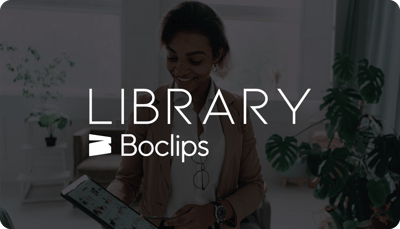
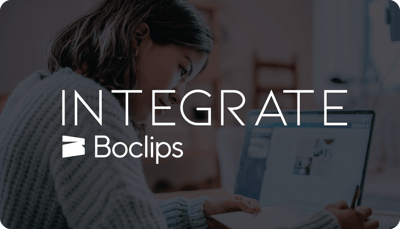
.png?width=1152&height=660&name=Copy%20of%20Untitled%20Design%20(1).png)
